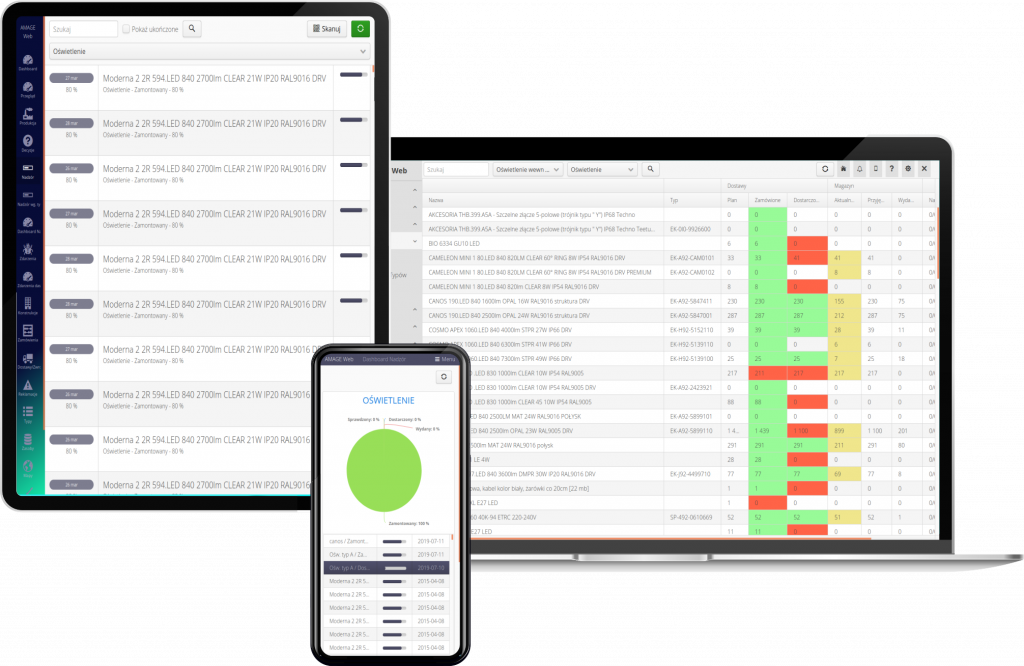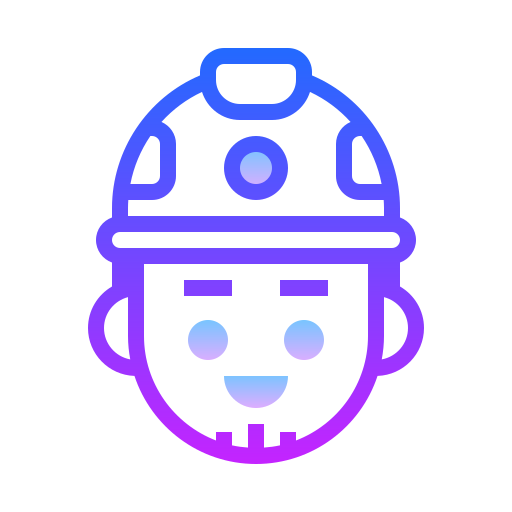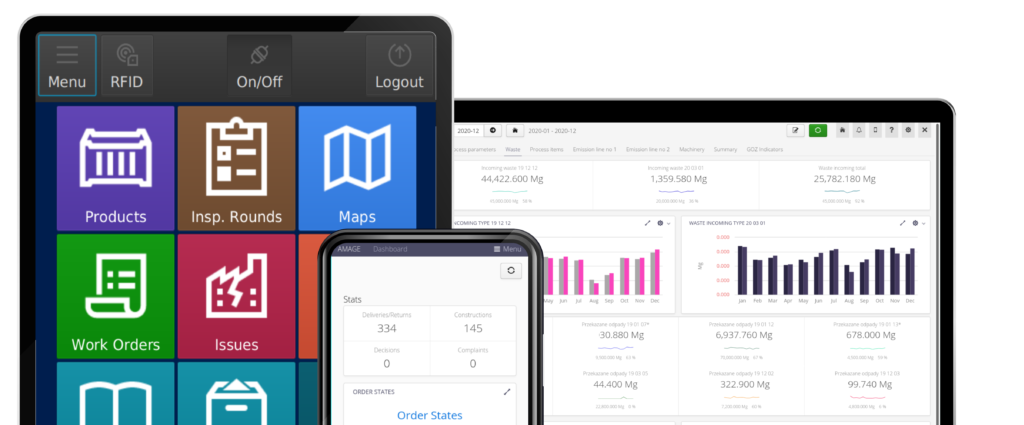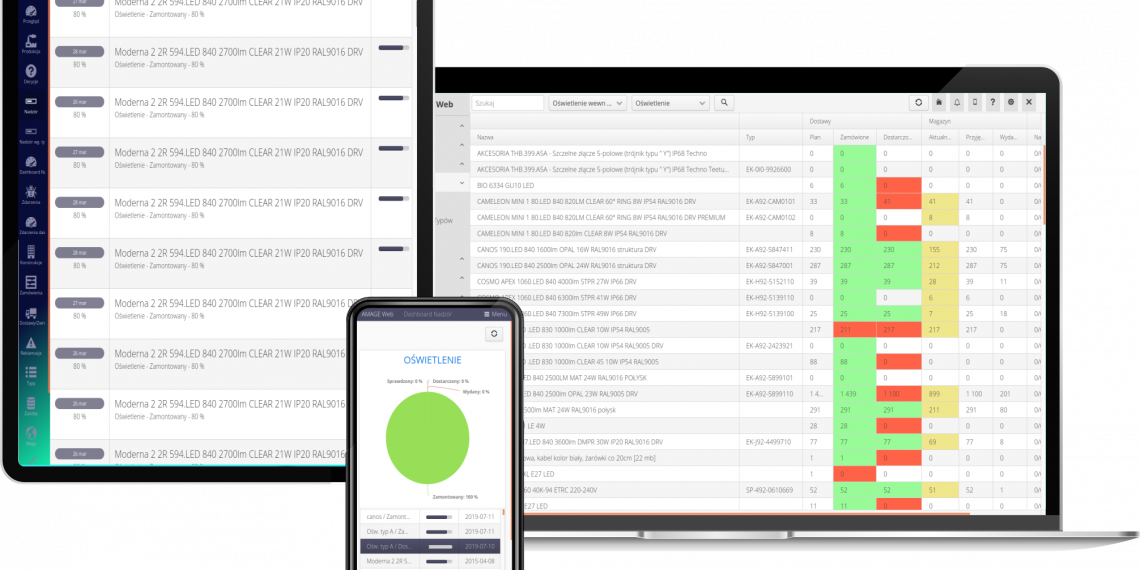Meet the System – Supervision of Assemblies

Construction Area
Supervision over assembly and work performed by teams of employees. Detailed monitoring of the progress of works in relation to the project.
The solution allows supervising the progress of the assembly of elements at the construction site and the place of execution of orders. It is dedicated to engineering/assembly works requiring complete supervision of the construction process in areas. In such a case, it is essential to carefully monitor the elements’ traceability and the entire circulation history during delivery and on the construction site.
Such areas are all assemblies of equipment, components resulting from detailed construction projects for a specific area, e.g., electrical work – laying of cable routes/wiring in industrial plants, laying/assembling and welding of piping components for specialized procedures taking place in a given plant (transport of process media, and elements for the implementation of a continuous process).
Wherever necessary is the correct identification of individual elements. The coordinator of an area (e.g., cable work) is provided with a tool that allows him to import data from the design process (cable lists) into the system and incremental reimports of data during construction work due to design changes.
The system automatically detects all changes in the project, notifies the user, and provides information about new or removed elements and changed parameters. That allows rapid diagnosis of required changes and coordination of those performing the work. It also makes it possible to detect the need for changes in areas that have already been completed and to reassemble/correct. Based on the project’s data, the coordinator can plan/assign assembly work for particular areas and brigades. The system supports him with work selection capabilities and the generation of unique identifiers for assembled components.

The coordinator further defines the process of tracking assembly supervision, the anticipated activities performed by contractors, and the monitored parameters. Subcontractors/contractors, using mobile devices and site IDs, monitor and report on the progress of the work. The devices work online and offline, providing information to the construction office during synchronization/loading. Based on this data, the coordinator receives full information on the progress of the work, the performance of the brigades, and the material used, which also enables him to coordinate the supply of, for example, cable drums.
The solution has specialized overlays for functional areas such as electrical work, equipment installation, and development work. With the help of this solution, the coordinator receives full information on the ongoing works, monitors the progress of the work and the efficiency of the implemented activities daily, and receives a tool to facilitate the reporting of information to senior management and the general contractor or investor.
At the end of construction, the system has full historical information on completed work providing ‘as-built’ knowledge updated on an ongoing basis. The solution can be integrated with ‘Inspection and Periodic Work’ as one of the stages of performance supervision.
Advantages for the Coordinator
- Coordination of information coming from the design office, detection of changes, and facilitated change management during the construction process.
- Defining any patterns of the assembly supervision process and transferring reporting to employees and subcontractors.
- Current information on progress, ongoing work, and performance of works/brigades. Quick detection of inaccuracies.
- Full control over the used material and tracking the path of material from delivery to use in specific assemblies. Full traceability.
- Generation of progress, billing, and coordination reports for the general contractor/investor.
- Supporting the traceability of elements on site and creation of ‘as-built’ documentation.

Advantages for the Contractor
- Simple data reporting facilities and mechanisms, getting rid of reporting with excel sheets/sheets and rewriting data at the end of the day.

Investment Value and Savings
- The cost of overseeing project changes during implementation, coordinating tasks, and not detecting critical changes in the project by implementing work fronts.
- The cost of developing daily reports and progress reports over the process using standard paper card/spreadsheet type methods
- The cost of developing monthly billing reports and their accuracy against actual work.
- Costs resulting from the loss of time on coordination between workers and individual teams (assembling, connecting, checking) when information is outdated or delayed in time.
- Costs of consumed material and detection of mismanagement of individual brigades (waste, suboptimal use of material from continuous materials – cables/drums).

Users
- Area coordinator – defines process data, imports project revisions, verifies project changes, assigns tasks to brigades, monitors execution progress, and generates billing and performance reports.
- Contractor – marks objects during the first stages of the project, reports on the progress of the work, and reports additional parameters during the execution of the work used for reporting.


AMAGE system components used
- AMAGE Web Desktop Application
- AMAGE Shell App
- AMAGE CE Lite App
- Handheld Rugged devices (high resistance terminals)
